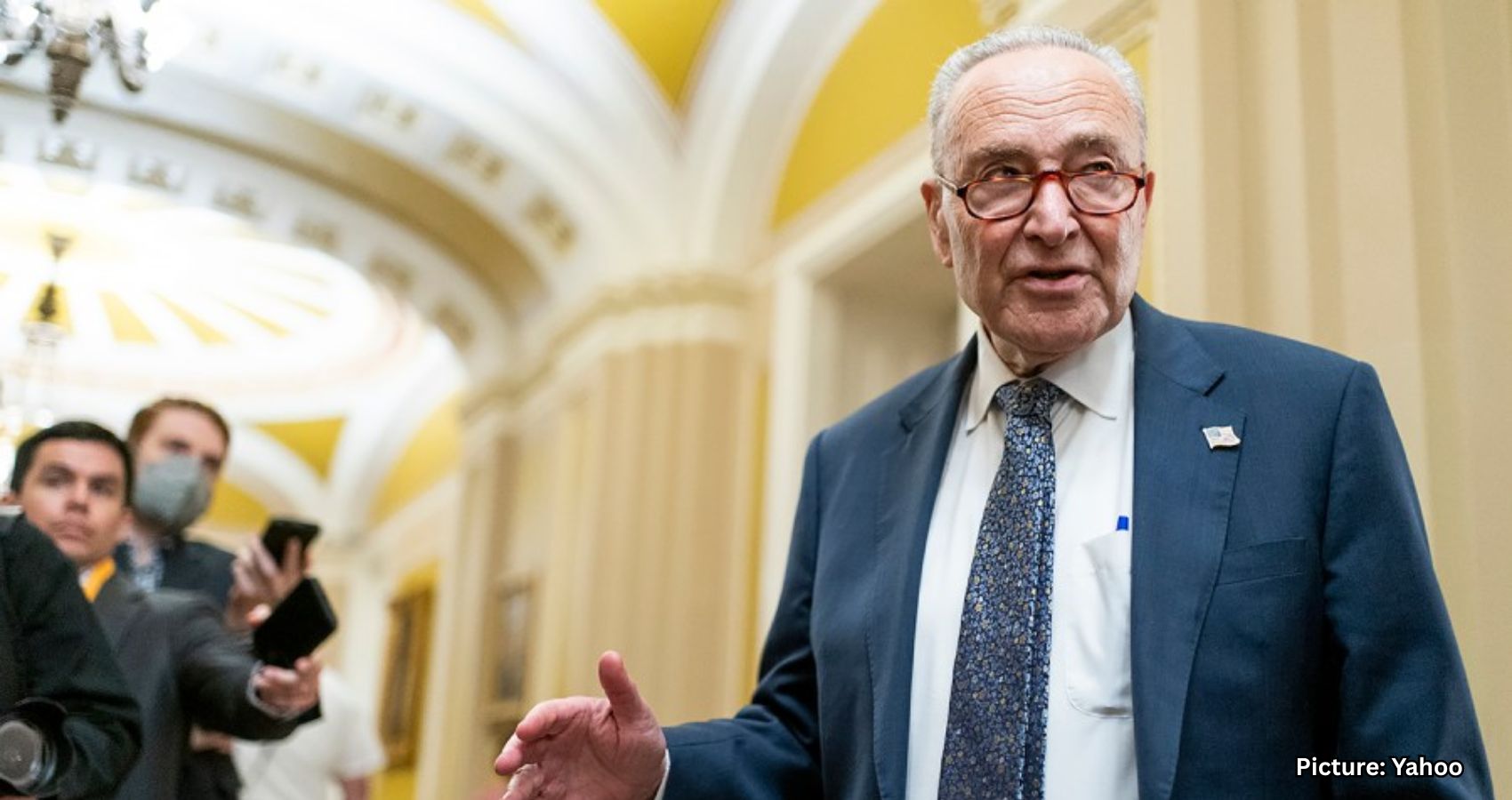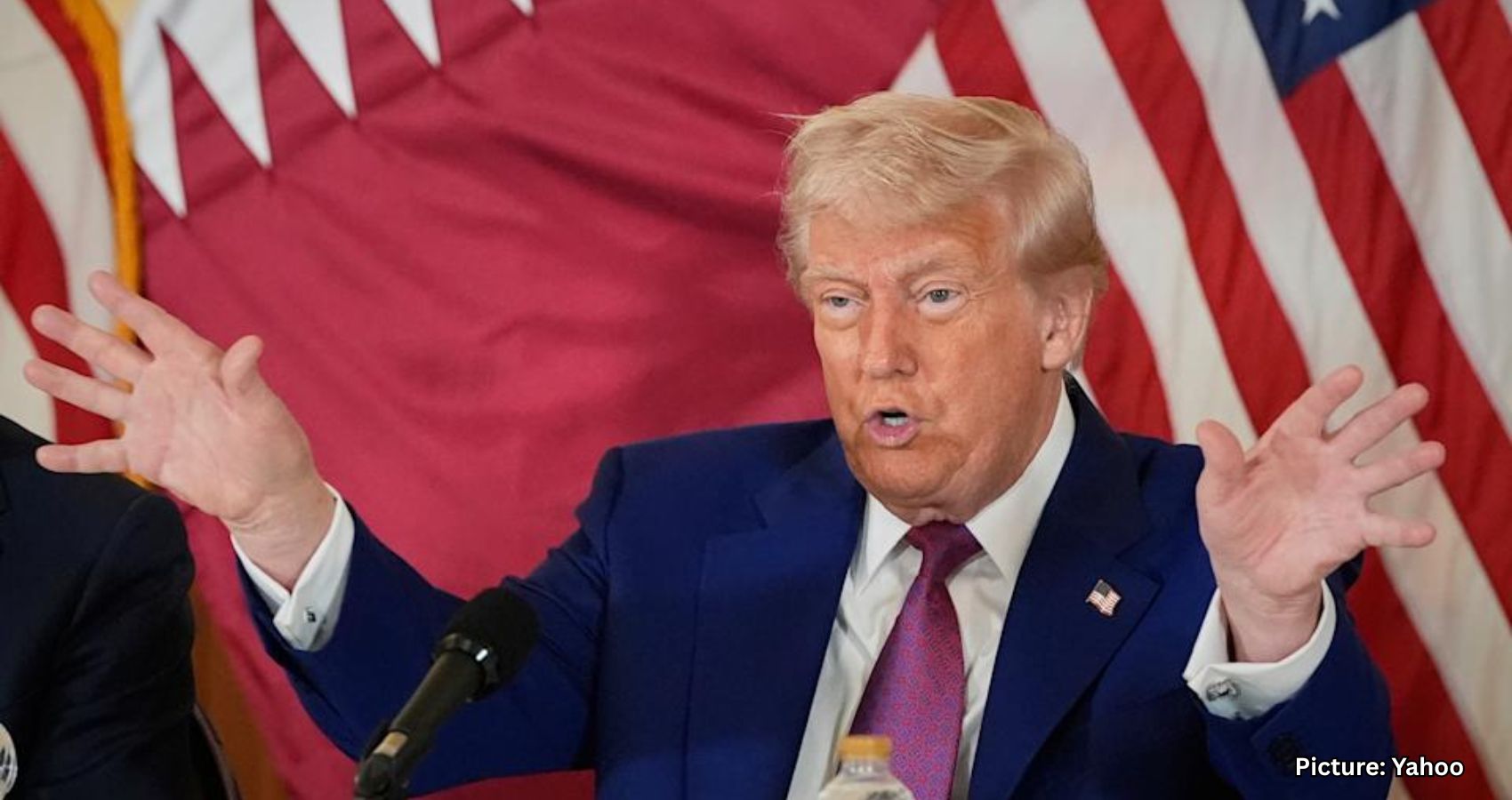Sujata Gadkar-Wilcox made history as thefirst-everIndian American and the first ever South Asian woman state senator in the state of Connecticutafter she won inthe general elections held on November 5th, 2024.Gadkar-Wilcox declared she won the election on Tuesday night and her opponent Republican Chris Carrena conceded Wednesday afternoon. The state’s 22nddistrict includes Trumbull, Monroe and Parts of Bridgeport.
“I’m proud to be the first Indian American and the first South Asian female ever elected to the Connecticut State Senate. But it’s not about me. It’s about the young women of color I met at the doors who said, ‘If you can do it, I can do it,” said Gadkar-Wilcox. She praised her Republican opponent in this race, Chris Carrena. “He’s a gentleman deeply committed to the principles that guide him — and he has a bright political future,” she said.
An associate professor at Quinnipiac University, where she teaches Constitutional law and human rights, Gadkar-Wilcox spoke passionately about how she plans to represent the entire population in the Trumbull region that is fast growing and diverse.
“I’m very honored because it was a community effort,” Gadkar-Wilcox of Trumbull, a Quinnipiac University professor says. “We put a lot of hard work in, grassroots politics and engagement at the doors with other community members in Trumbull and Monroe coming out. I’m honored to represent us all.” Gadkar-Wilcox hopes her message will continue to resonate with voters. “We need to trust the people that we send up to Hartford, and that I will advocate for the things that I said I’ll advocate for,” she said. 
Gadkar-Wilcox, an Indian American, proudly states that she is a product of the American dream. “My father came to this country in 1969 and ended up designing parts for the space shuttle. I was born in New York City on the fourth of July to immigrant parents and worked hard to become a Fulbright Scholar and professor of constitutional and human rights law. As an engaged member of non-profit organizations in the community, I know how to work with others, and will work hard to provide the focused, measured, thoughtful leadership that our state needs.”
Referring to her roots to the Indian subcontinent, Gadkar-Wilcox says “Both of my parents were born in India, and I was inspired as a young adult by my grandfather’s stories of his presence at Mahatma Gandhi’s ‘Quit India’ speech, his involvement in pro-Congress Party student protests, and his admiration for B.R. Ambedkar, both as a Maharashtrian and as an advocate for Dalit ‘untouchables.’ These led me to be intrigued by the issues of constitutional change at the time of India’s independence.”
As an elected member of the CT state, Gadkar-Wilcox believes that each municipality agrees on the same key issues: economic development by way of lowering property taxes, investing in education and overall maintaining good government practices. “I love the diversity of this district because you have to understand both the urban and suburban context,” she says. “You also have to be able to advocate and think about where we have common interests.”
Her focus is going to be on making sure that her district gets its fair share of state education funding, and improving Connecticut’s economic competitiveness through incentivizing Connecticut’s students to stay in the state to work on critical industries.
“When Bridgeport succeeds, Trumbull succeeds. When Bridgeport succeeds, Monroe succeeds,” says Gadkar-Wilcox. “As your State Senator, I will propose forming a new regional legislative caucus with legislators from Greater Bridgeport, including Bridgeport, Stratford, Shelton, Trumbull, Monroe, Easton, and Fairfield. This caucus would meet to discuss formulating policy, competing for state and federal grants, and eliminating the urban/suburban divide. On issue after issue, we are in this together. When we work together, we will succeed.”
Gadkar-Wilcox was awarded the prestigious William Fulbright Foreign Scholarship Board, which enabled her to travel to India during the 2015-2016 academic year to continue her research on the framework of the Indian Constitution.
“My interest in understanding the pluralism informing the drafting of the Indian Constitution relates to my own experience of being raised in the United States by immigrant parents who instilled in us an appreciation and understanding of our own Indian cultural heritage. The process of operating in overlapping cultural spaces has always enabled me to approach issues from a different vantage point, which is what I see in the drafting of the Indian Constitution as well.”
Gadkar-Wilcox says, she believes in a government that prioritizes people, not special interests or personal benefit. “I believe in a system that preserves the fundamental values of our democracy by making sure that government is accountable and transparent. I believe absentee ballot abuse must be rejected, and that the people must have faith in our electoral processes.”
According to Gadkar-Wilcox, she decided to run for office out of concern for the “contentious and divided” political environment. “The time is now to take responsibility for getting our state back on the right path. We have an obligation to ensure that our children enjoy quality public education, preparing them to be innovators and problem solvers. We must find sustainable solutions to manage our budget while not imposing an undue burden on our residents. We must responsibly invest in upgrading our infrastructure, which is the economic lifeline to our state.”
Gadkar-Wilcoxbelieves in “a government that invests in our future through public education, modernization of infrastructure, the fixing of gaping potholes, and the improvement of our quality of life. Together, we can tackle the fundamental structural issues our state faces and create a politics for the public good. I look forward to meeting you at your doorstep, and let’s take that vision to Hartford.”
Gadkar-Wilcox says, her platform is based on creating a new kind of politics. “For too long we have allowed our representatives in Hartford to finger-point and leave messes for others to clean up. The time is now to take responsibility for getting our state back on the right path.”
Confident and determined, Gadkar-Wilcox says, “I hope to fulfil your aspirations so that I may carry your voice to Hartford, working to ensure that you are not only able to thrive, but that Connecticut remains the place you are proud to call home. Together, we can tackle the fundamental structural issues our state faces and create politics for the public goodand let’s take that vision to Hartford.It will be an honor to serve you.”
For more details on Sujata Gadkar-Wilcox, please visit: http://sujataforct.com/




